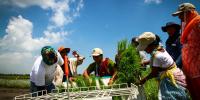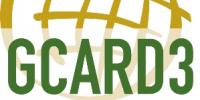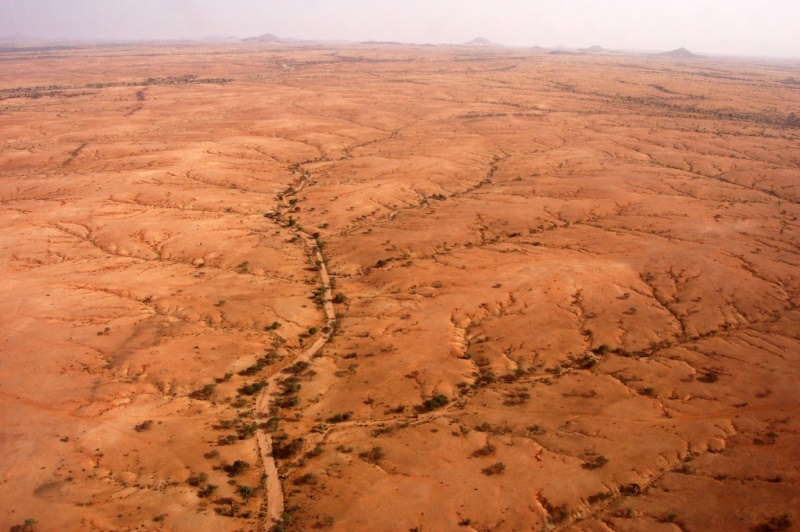
On 1-2 June, the Directorate-General for International Cooperation and Development of the European Commission (EC DG-DEV) organized a workshop for the African continental and regional agricultural research institutions, to which GFAR Executive Secretary Mark Holderness was invited to represent GFAR. The EU is developing a new frame for support to agricultural research and innovation in the Sub-Saharan Africa region and seeks a clear structure and basis for their future support.
The objective of this meeting was to take stock of the assessment and prioritization work carried out in the last months, particularly with FARA and the sub-regional research organizations and through AFAAS and extension systems, in order to discuss possible pathways for the future EU support to these institutions. Under the proposed DeSIRA programme, the EC is considering a specific element of support to the institutional architecture of research and extension in Africa – and globally through GFAR - and how links might be effectively strengthened between research and extension actors in processes of climate–relevant agricultural research and innovation at different strategic levels.
Dr. Holderness presented a talk on the innovation web concept for collective multi-stakeholder actions being pursued by the Partners in GFAR and how this integrated approach can empower resource poor farmers within innovation systems and deliver greater impact towards the SDGs.
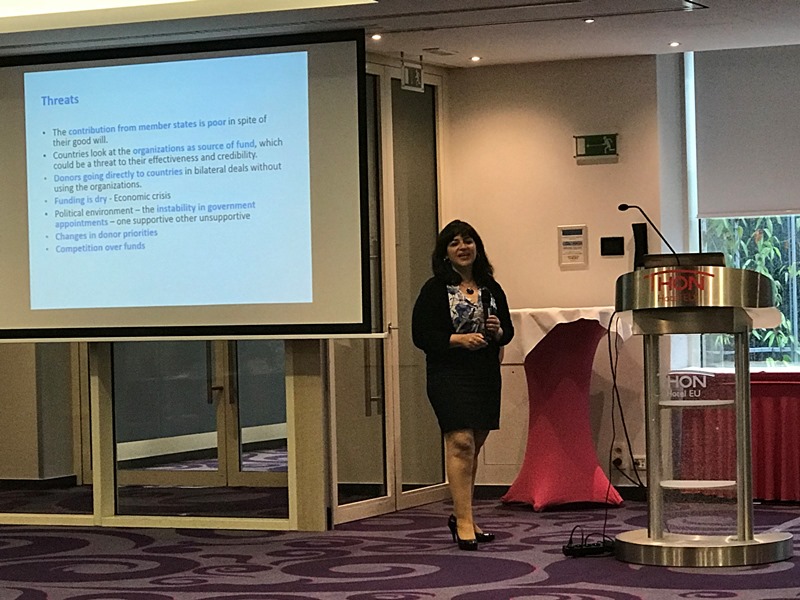 The presentation and the integrated model set out, which has been developed through experiences of GFAR partners and through the GCARD processes were very well received. This was recognized to also provide an effective frame for collaboration that will enable each of the regional and sub-regional bodies to deliver value in their particular roles and niches, while together achieving greater sustainable development impact as a result of their work. Mechanisms for funding of these initiatives will be determined later this year.
The presentation and the integrated model set out, which has been developed through experiences of GFAR partners and through the GCARD processes were very well received. This was recognized to also provide an effective frame for collaboration that will enable each of the regional and sub-regional bodies to deliver value in their particular roles and niches, while together achieving greater sustainable development impact as a result of their work. Mechanisms for funding of these initiatives will be determined later this year.
Photo credits: 1- ©UNEP 2006; 2-GFAR





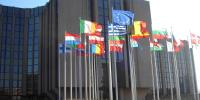

_itok-SoqWPD1d.png)
